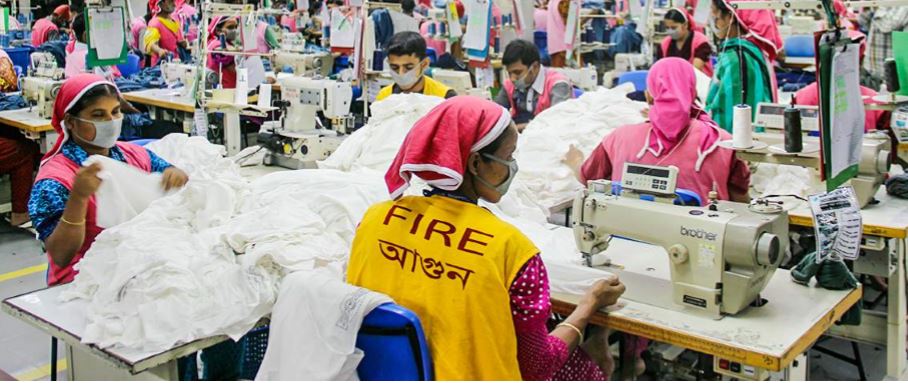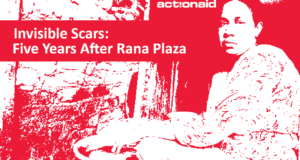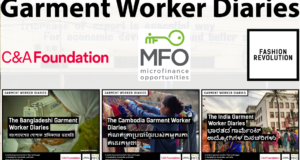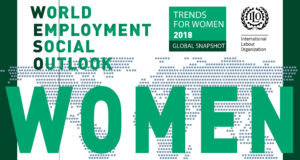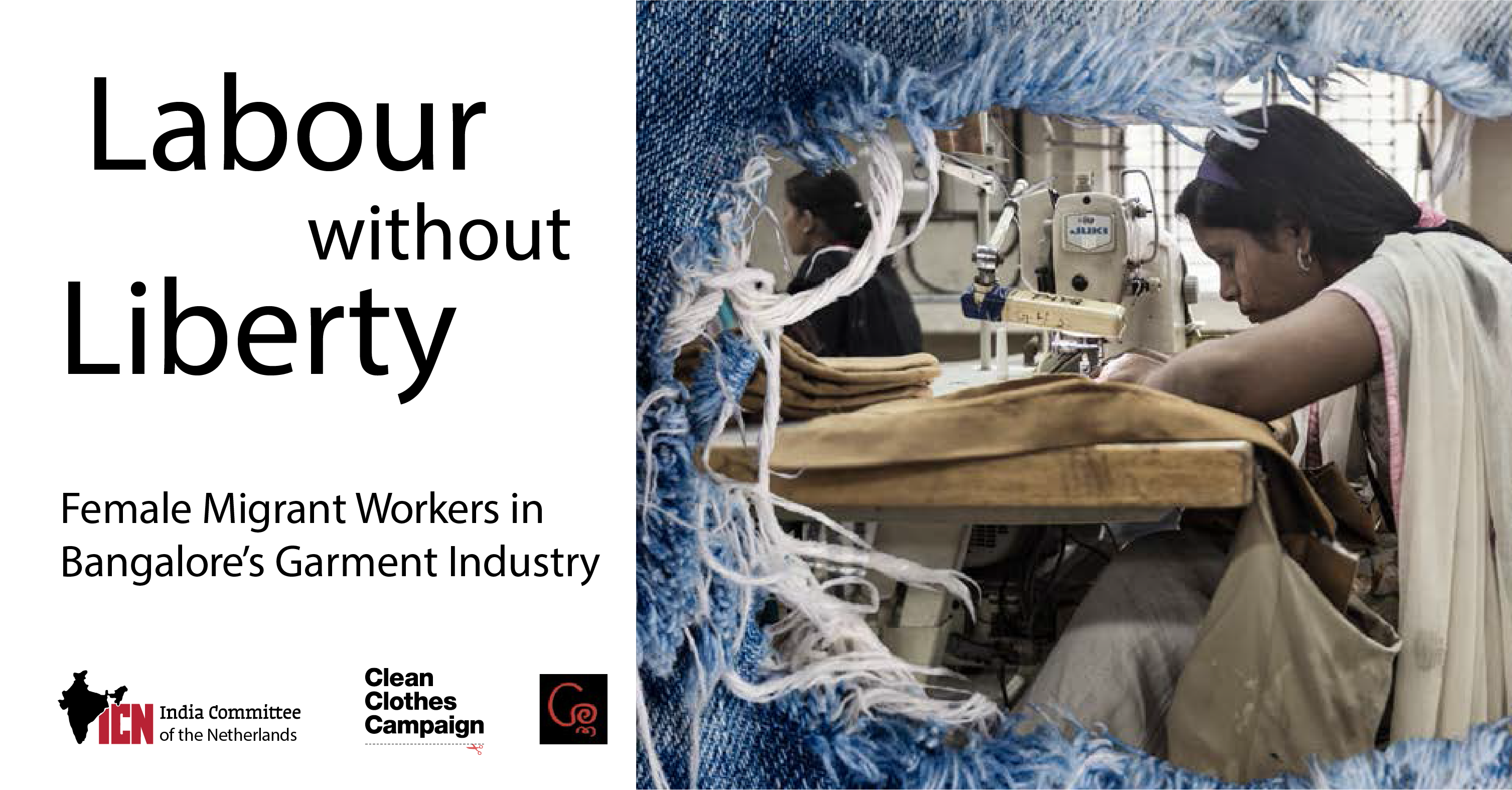Published on the ILO website
Until recently, there were no financial products specifically available to the RMG sector for remediation. Factory owners faced a long bureaucratic loan application process and could only accept available term loans with high interest rates. (Interest rates for loans in local currency can range from 11% to 18% for smaller enterprises, and from 9% to 16% for larger enterprises.) One significant disadvantage for many factories is their inability to present proper, reliable audited financials to banks; this has a direct effect on the amount of collateral requested by financial institutions to guarantee the loan. Banks can ask for up to 100% of the value of the loan to be guaranteed by collateral in the form of land, buildings, or other assets. Larger factories with strong business relationships to international brands are most likely to be awarded loans, as they can provide long term purchase orders to prove future cash flow; smaller factories with less regular and less strategic business relationships are perceived as risky investments by banks. Bangladesh’s recently launched RMG credit facilities have increased the amount of capital available for remediation activities. These facilities have clear advantages and disadvantages.
“Pure Credit Facilities”, such as the one launched by IFC, increase the amount of lower-cost capital to local banks but do not reduce the credit risk banks incur and therefore leave riskier factories without any real access to finance. “Risk Reducing Facilities”, such as the one launched by USAID, reduce the risk of lending to the RMG sector with a guarantee and therefore encourage banks to consider riskier client profiles. This facility alone does not have a direct impact on the amount of money available in the market specifically for remediation. However, the guarantee does act as a very effective risk reduction mechanism. “Government to Government Facilities”, such as those designed by JICA and AFD, provide loans through the Government to a much larger group of participating banks, thereby expanding the number of RMG factories that can access credit. A disadvantage of such facilities is that they tend to result in higher interest rates charged to the final clients.
It can be estimated that through the capital made available by these facilities, the total remaining financing gap for factory remediation in Bangladesh is around USD 448 Million.
 CPD RMG Study Stitching a better future for Bangladesh
CPD RMG Study Stitching a better future for Bangladesh
